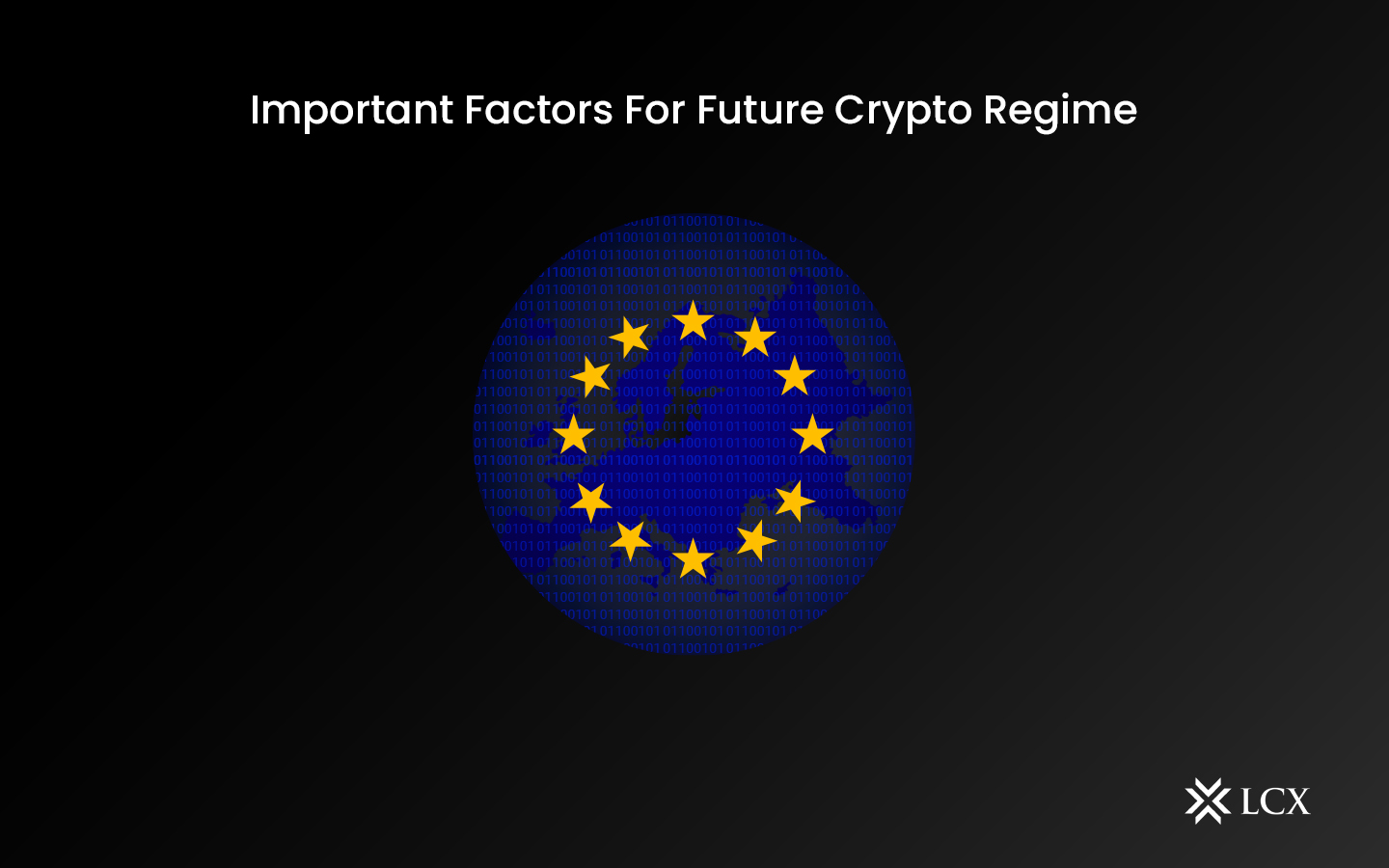The Crypto industry has been expanding worldwide, and the EU has become a prominent market. But, the unique thing about the crypto industry in the EU is that they have to follow specific rules and regulations which keep the industry in check with reliable sources and prevent scams or fraud.
As time progresses, the EU has been working on upgrading its regulatory regime and has been introducing some new ones, such as MiCA or TFR. Now, these regimes are not only meant to give improved results in the EU, but if they are successfully implemented, they will set an example for the rest of the world.
Primary Crypto Regulations In The EU
There are two primary crypto regulations in the EU: The Markets in Crypto-Assets Regulation (MiCA) and the Transfer of Funds Regulation (TFR). These two are already in the final stages of negotiations, intending to facilitate the responsible and safe use of cryptocurrency throughout the EU. MiCA will become one of the world’s first extensive regulatory frameworks for crypto assets, providing critical regulatory and legal certainty to the market, which is essential for organizations looking to invest and innovate in Europe. MiCA contains several vital components. Consumers can tell which operators meet specific minimum standards thanks to the supervisory and authorization regime and the ethical, market integrity, risk management, and governance requirements for CASPs. This regulation will help seed the growth of a reliable and legitimate DASPs industry.
It is believed that if MiCA is implemented appropriately, it will propel the EU to the forefront of the arrival of Web3 and the digital finance revolution. Nevertheless, let’s suppose systemic flaws are found in the framework’s implementation. In that case, it may push this empowering and uniquely innovative financial ecosystem outside of the region, denying EU regulators the ability to oversee the engagement between these transformational services and their citizens.
Main Factors To Be Considered By Eu Policymakers For Implementation Of MiCA And TFR
- Create common-sense privacy solutions for crypto: Obliging exchanges to report, collect, and verify information via SHWs (self-hosted wallets) is complex and expensive for businesses and harmful to consumers. It is nearly impossible for exchanges not just to collect this data but also to confirm its precision before letting a transaction go to or from one of their customers. This means you can’t receive or withdraw money from your bank account to send to others until you share personal information about that person with your banking institution and verify their identity. This collection and validation requirement is troublesome and contradicts the EU’s fundamental data protection principles of data minimization and proportionality.
- Create some common-sense liability standards: Three key provisions are being considered that will significantly increase the liability imposed on CASPs (Crypto Asset Service Providers). These are:
- Custodial Liability
- Liability for the accuracy of the whitepaper
- Liability for the redemption of E-money tokens
The liability is disproportionately applied to CASPs to the point where they must decide whether they can reasonably accept such liability to trade in the EU. These provisions undercut the EU’s significant efforts to establish a pro-innovation, pro-innovation, and tech-neutral regulatory framework for crypto assets.
- Address sustainability issues separately and thoughtfully: The EU is implementing several sustainability and environmental initiatives. These critical issues should be discussed through appropriately tailored legislation, not MiCA. They necessitate their consultation, process, and industry participation.
- Create clear definitions regarding NFTs: Non-fungible tokens (NFTs) and utility tokens should be exempt from MiCA. By incorporating these assets, including many that take art and creative works, policymakers would significantly broaden the scope of regulated “financial” assets.
Conclusion
EU policymakers should consider the above considerations as they finalize the MiCA and TFR proposals, and they should take their time developing these highly complex and technical frameworks. This is a critical time for the EU to show global leadership and set the standard for an accessible, safe, and innovative crypto economy in Europe.









